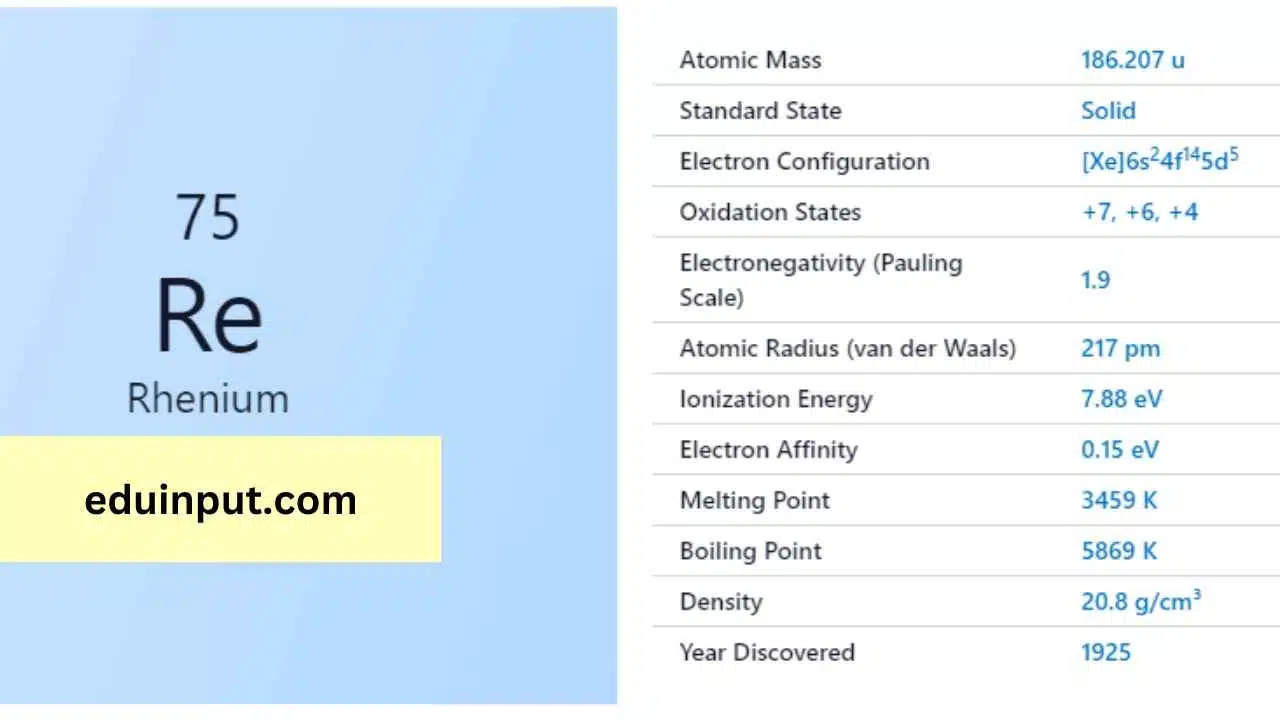Tennessine-Discovery, Properties, And Applications
Tennessine, represented by the symbol Ts, is a synthetic element that belongs to the group of halogens. It is a radioactive metal and is the second-heaviest element in this group.

| Property | Value |
| Name | Tennessine |
| Symbol | Ts |
| Atomic number | 117 |
| Relative atomic mass (Ar) | Group in the periodic table |
| Standard state | Presumably a solid at 298 K |
| Appearance | Unknown, probably metallic and dark in appearance |
| Classification | Unknown |
| Period in the periodic table | 17 |
| Group name | Halogen |
| Block in the periodic table | 7 |
| Block in periodic table | p |
| Shell structure | 2.8.18.32.32.18.7 |
| CAS Registry | 87658-56-8 |
Discovery
Tennessine was discovered in 2003 by Russian and American scientists from the Joint Institute for Nuclear Research (JINR) in Dubna and Oak Ridge National Laboratory (ORNL) in Tennessee. It was named after the state of Tennessee, where the ORNL is located.
Physical Properties
Tennessine is a synthetic element and has a very short half-life. It is a radioactive metal that has never been observed in its pure form due to its short lifespan. It is a solid at room temperature and has an estimated density of around 7.2 g/cm3.
Chemical Properties
Tennessine is a member of the halogen group and is expected to have similar chemical properties to its lighter homologs, such as iodine. Its chemistry is still largely unknown due to its short half-life and difficulty in synthesizing sufficient quantities for study.
Facts
- Tennessine is the second-heaviest halogen, after astatine.
- It is a synthetic element that has never been observed in its pure form.
- Tennessine was named after the state of Tennessee, where the Oak Ridge National Laboratory is located.
- It was discovered by a team of Russian and American scientists in 2003.
Applications
Since tennessine is a synthetic and radioactive element with a very short half-life, it has no practical applications. Its study is mainly of scientific interest, and researchers continue to study its properties to learn more about the fundamental nature of matter.







Leave a Reply